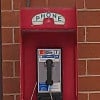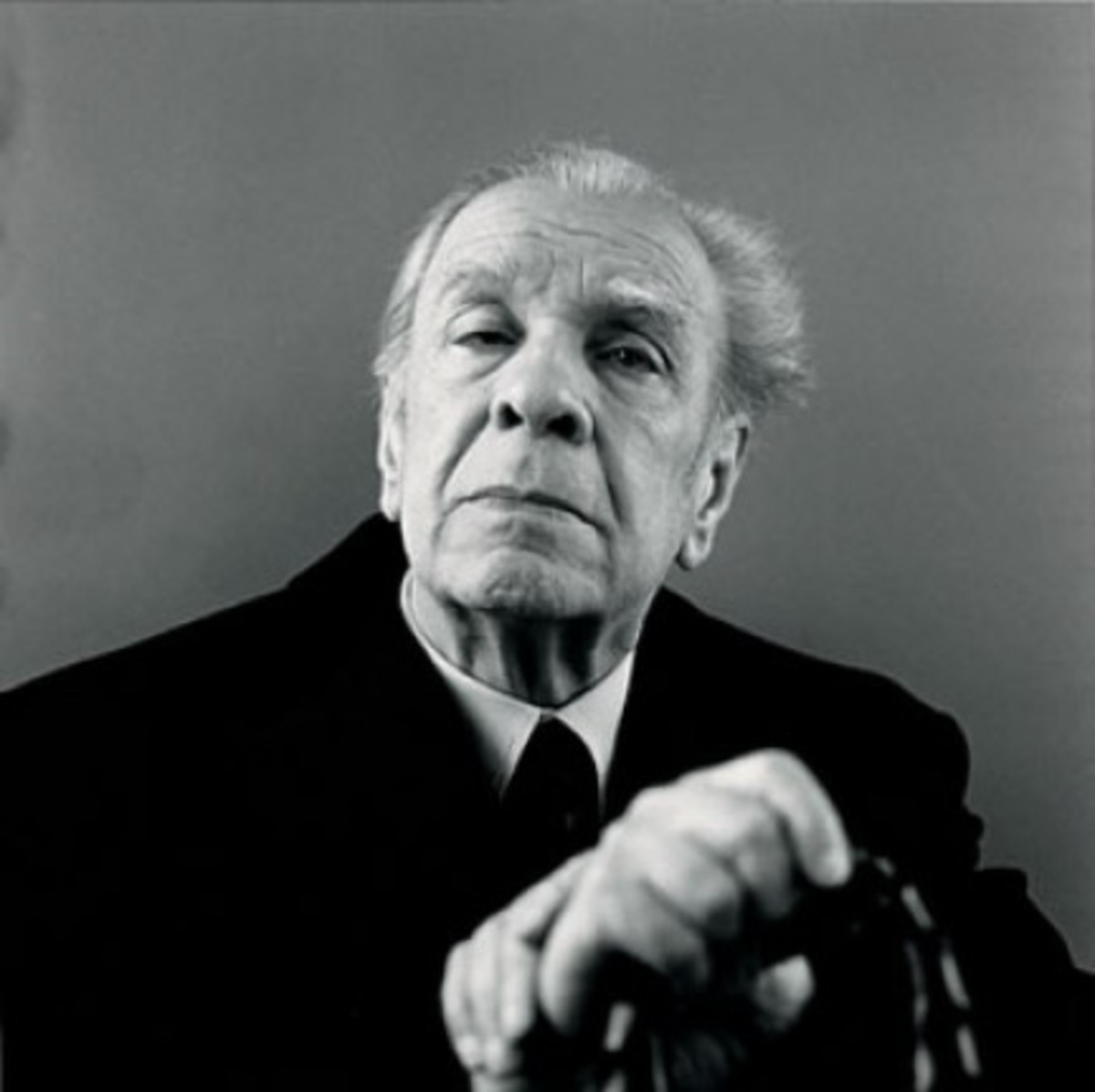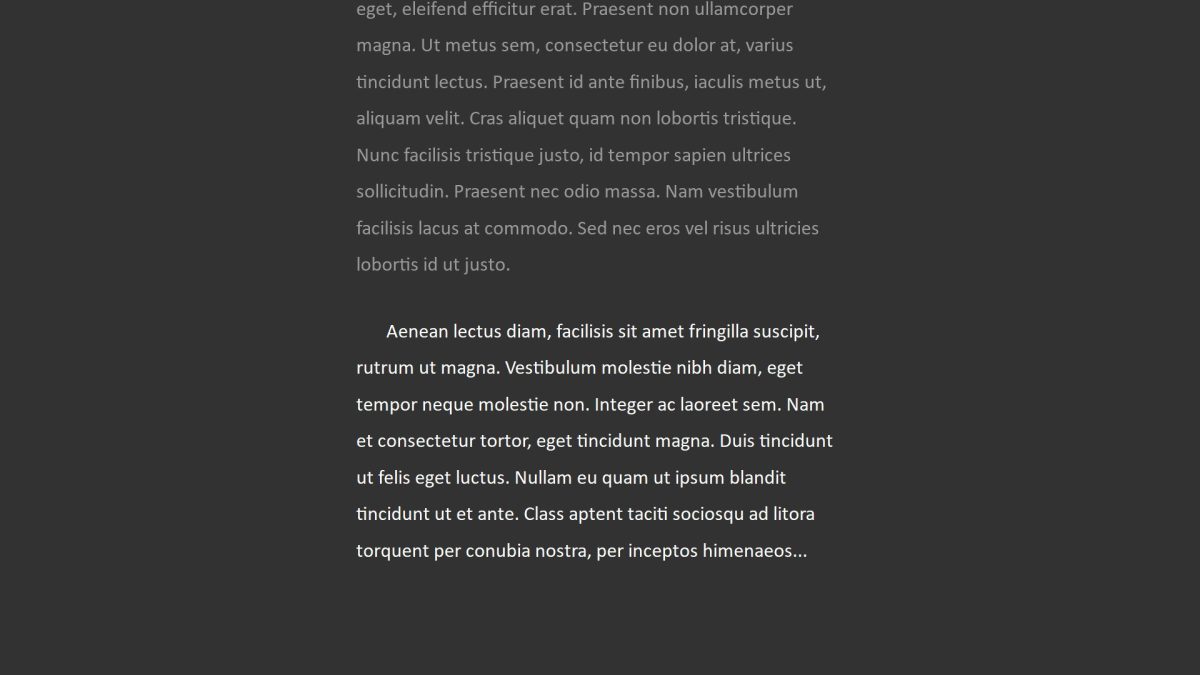How I research and develop my stories

- Murder in Wisconsin:online stories short story
A murder that took place near La Crosse, Wisconsin form the basis for this story.It beomes interesting as the town had no real jail.Very hard to keep a prisoner from escaping.on line short story
My approach to research is, in many ways, a personal approach. Another hubber suggested that I write about how I research my fictional stories. In this hub I will try to give you a peek into my mindset, since what I do is both what others do and something of a developed intuition. To a large extent I use on-line sources and searches with Google and other search engines. Wikipedia is a good general source but I like to find other sources to compare. Also, I often research and write related non-fiction hubs prior to writing fictional stories. The research information itself often suggests story ideas. I also have several books related to American Western History which aids in research and ideas. A non-fiction series of mine is “History of town names...” It is based on the premise that all or at least most towns have some sort of story about how the town was established. The research involved often provides story material for fictional stories...
“Murder in Wisconsin”
Occasionally I will write about several towns that have ties to each other in one article. An example of this is one about Bluff country which includes the history of both some Wisconsin and Minnesota towns with the Mississippi River running between the two states in the areas. While I was learning about the history of La Crosse, Wisconsin I ran across an event which included murder. The event had the feel of a frontier situation and I decided to use it in a short story.
Folklore and Folksong
Folklore, folk songs, legends and such are a great source of story ideas. In my first year of college in the 1950’s I found some folk music recordings in a “bargain bin” at one of the college bookstores. One song was about the English highwayman Dick Turpin, entitled Dick Turpin and the Lawyer. I rewrote the story with an American Western setting and American characters. I added a dude ranch storyteller and made it a story within a story. I published it on hubpages but had to take it off because I had published part of it elsewhere.
Genealogy
Genealogy can be a good source of story material, both fiction and non-fiction. Many libraries have genealogy departments and on line sources. I made use of research done by my sister into our family history. She found a series of letters written by our grandfather’s sister, named Marie. I was fascinated by her story of leaving Sweden, traveling alone to Norway to take passage on a ship and to Minnesota. I thought women did not travel alone in those days—late 19th Century. I wrote a series of hubs mixing fiction with non-fiction to tell her story. I did take a mini-course about Swedish History at a local college to get background. Later, some of this research was useful in a series of stories about a fictional girl named Andrea.
Town Name Hubs
One of my first series of hubs was about the ‘History of town names. Often one of these hubs might result from reading something interesting about a town somewhere, travel brochure, magazine or on line. Wikipedia is a good source as they usually cover the history of the town in their articles. In addition, I will usually take a look at the town’s website. Research itself often leads to other ideas.
Carbons Creek Stories
The first fiction series of stories I wrote on hubpages I called The Carbons Creek stories. Carbons Creek is a fictional town that I made up. The primary character is a young woman named Sarah who comes from Chicago because her uncle, a newspaper publisher, left her the paper and his house and other belongings. I did not specify the location of the town but I used the landscape somewhere between the Mississippi River town of Oquawka and Monmouth, Illinois as its location. Incidentally, Monmouth is the birthplace of Wyatt Earp.
The book Wicked River, the Mississippi by Lee Sandlin was a great source for information about the undeveloped river country. I also wrote a review of this book and posted it on hubpages.
Galvanized Yankee
I did a western series on hubpages called the Galvanized Yankee about a confederate soldier who was a prisoner of war at Rock Island, Illinois. I knew there was a prison at Rock Island because I worked at Arsenal Island in Rock Island. There is also a Confederate cemetery there where prisoners of war are buried. Most of them, I believe, died of smallpox. Among the books I own is The Galvanized Yankees by Dee Brown in which he tells of Rock Island prison but several others where confederates were held. Some prisoners were paroled in order to join the Union Army and fight on the western frontier. That way they would avoid having to fight other southerners. This book provided much information. I also used on-line sources for individual sources.
Duluth, Minnesota and the Mesabi Iron Range
I grew up in Minneapolis, Minnesota and when I was young the Mesabi Iron Range was represented a major industry for the state. It was fairly common to see cars covered with a red dust. We knew that the owner had been up to the Iron Range. The red dust was from the iron that was mined up north. When we visited the iron range we found the water often had a reddish tint from the iron. People, such as some of my aunts and uncles, had filtering or settling devices to reduce the amount of iron in the water. Actually, a reasonable amount of iron made the water taste pretty good.
In the 1960’s the iron played out and the Taconite Industry got its start. Taconite is really low grade ore and takes more effort and technology to process. Problems arose when it was found that the Taconite tailings might be polluting Lake Superior.
I decided to write some hubs about the Iron Range towns, including Duluth. I mostly used some travel material, Wikipedia, town websites and my own memory as source materials. I followed these non-fiction hubs with a series of short short stories with a heroine named “Andrea,” who is a young Swedish immigrant and modeled after my great, Aunt Marie who is the main focus of some hubs from my family genealogy. Marie worked as a maid in hotels and had worked in Duluth. She was an immigrant from Sweden and so is Andrea. Duluth also has a strong Scandinavian population.. At that time timber was also a major industry. When my wife and I spent a weekend in Duluth in the 1970’s we visited a replica of a lumber camp in the area. It was modeled after a Danish one on the site.
- Heroes and Outlaws: folk hero in Folksong and Folkl...
Dick Turpin was an 18th Century highwayman and seems representative of the hero worship that the English of the period gave to such outlaws. and seems to me to be a part of a continuing legend of the outlaw/hero which dates back to Robin Hood and con - Andrea and the preacher visit a lumber town:on line...
Andrea and Roald the preacher go to a logging town to give a temperance talk. Roald get challenged to compete in the lumberjack games.
One of the first stories in the series was centered on a lynching in Duluth. It was based on a historical incident lynching incident in the process of getting facts about Duluth. As I recall it was in Wikipedia. Other stories were about a lumber camp, a dance and a robbery.
Since the real life Marie traveled by train to Duluth, and other places at least as far as Montana I decided that maybe Andrea and her friends should also travel. I was familiar with Rock Island, Illinois and the Rock Island Arsenal where I worked. When I was living there we frequently visited Blackhawk State Park which was in the city limits of the City of Rock Island. It is named after an Indian Chief who is known from the Blackhawk War, of which I have written on hubpages. While visiting the park we saw the museum which had a film presentation of the history of the city. In this was the fact that at one time the park was an amusement park with roller coaster etc. The park was built by the trolley company which, in turn, brought people to the park. The park ended when a fire destroyed it. I did further research on this and found an article about the park. Needless to say Andréa’s friends spent some time there.
Quantrill and Lawrence, Kansas
I first became aware of Quantrill from a folk song about him and his raiders, “…he came to burn Lawrence, just over the line.” On the border between Missouri and Lawrence, Kansas during the American Civil War there were guerrilla raids on both sides against the other. Lawrence, Kansas was established by anti-slavery people. I wrote some historical hubs about Lawrence, then wrote some fictional hubs about the raids on Lawrence. Included in Quantrill’s raiders were the James brothers and the Younger brothers. The Lawrence website and Wikipedia supplied much of the detail.
Trading Post
Years ago I planned a novel about a priest traveling through the frontier to report to the Bishop about the religious conditions. I had meant to investigate the contrasts between the Catholic Bishop, John Carroll who was the first American Bishop and the Methodist leaders Bishop Asbury. I never developed a real plot but have used some of the characters and research I did for fiction stories I call the Trading Post stories.
Summary
My research does not have what one might call a method. I combine standard methods with my own intuitive sense of useful information. Much comes from reading historical books and non-fiction can also trigger ideas. There is a serendipity element of finding great ideas while looking for something else. If I were to give any advice it is to develop a mindset of letting your subconscious be constantly looking for material pertinent of your projects.
Copyright 2013 Don Hoglund







